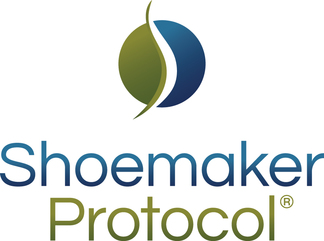Week of March 6, 2023

1/ QUESTION: I have recently been diagnosed with CIRS. I was wondering in all your experience have you ever had anyone have Supraventricular tachycardia as a side effect?
ANSWER: SVT is not a known complication of CIRS.
2/ QUESTION: I am interested in knowing more about your research on mold as a trigger to Ménière’s Disease.
ANSWER: If your diagnosis is indeed Menieres Disease, mold has no role.
3/ QUESTION: I wanted to know if Dr. S has ever seen CIRS in infants/babies?
I have a 14-month-old girl I think has CIRS. She hasn’t grown since 6 months old
and is speaking less. Actinomyces score in their home was 21. Just wondering if
CIRS can cause failure to thrive?
ANSWER: Dr. Shoemaker has never seen infants/babies with CIRS and no data on failure thrive
4/ CSM, urinary frequency and ADH
QUESTION: After a dose of cholestyramine I find my urinary frequency doubles to
approximately 10-12 times per day. What is happening to me?
ANSWER: We would need to look at the level of anti-diuretic hormone (ADH) and simultaneously measured osmolality to get an idea of what is happening to you. Cholestyramine is not absorbed and can not be doing anything directly to ADH; the link to frequent urination is usually inflammatory in origin. Unfortunately, there is no way to answer your question without looking at simultaneously measured laboratory studies before and after your cholestyramine dose. I would look at TGF beta-1, C4a, VEGF, ADH and osmolality before the dose and after the dose over a course of every two hours for a total of three more blood draws.
This is a cumbersome approach in trying to answer a simple question but it’s the only way I know to have any data to rely on.
5/ Ammonia
QUESTION: I have been told that ammonia denatures mycotoxins. Is this correct?
ANSWER: I know of no published data showing that ammonia (NH3) is effective to remove health risk from exposure to mycotoxins. I routinely recommend people use quaternary ammonium compounds (NH4+) to help with cleaning and removal of dust and particulates that have been in bioaerosols. The key here is not attempting to denature just any part of the mycotoxin molecule. As long as the exposed acetyl groups of mycotoxins are detectable by ficolins, part of the MASP-2 signaling system, the mycotoxins will continue to set off inflammatory responses.